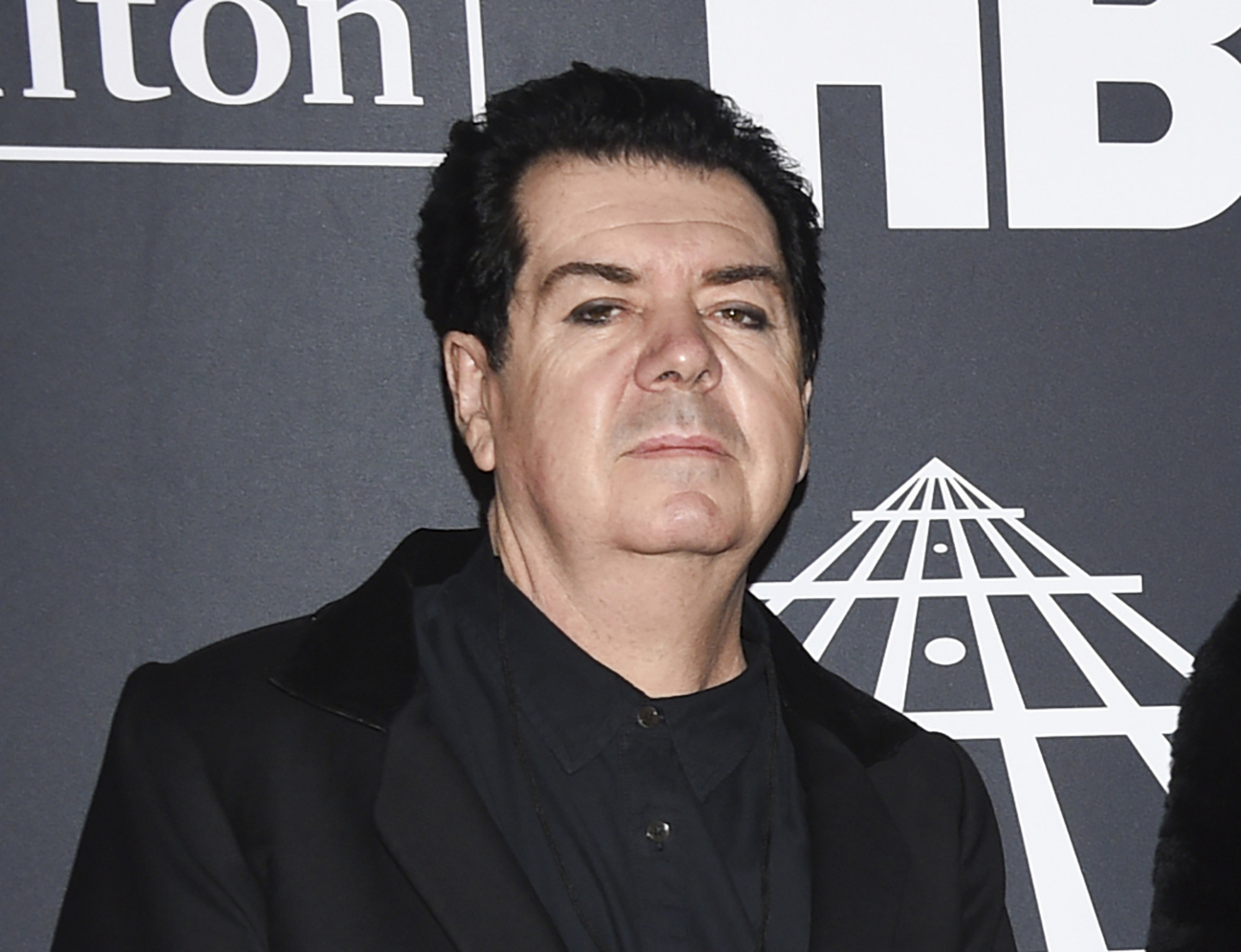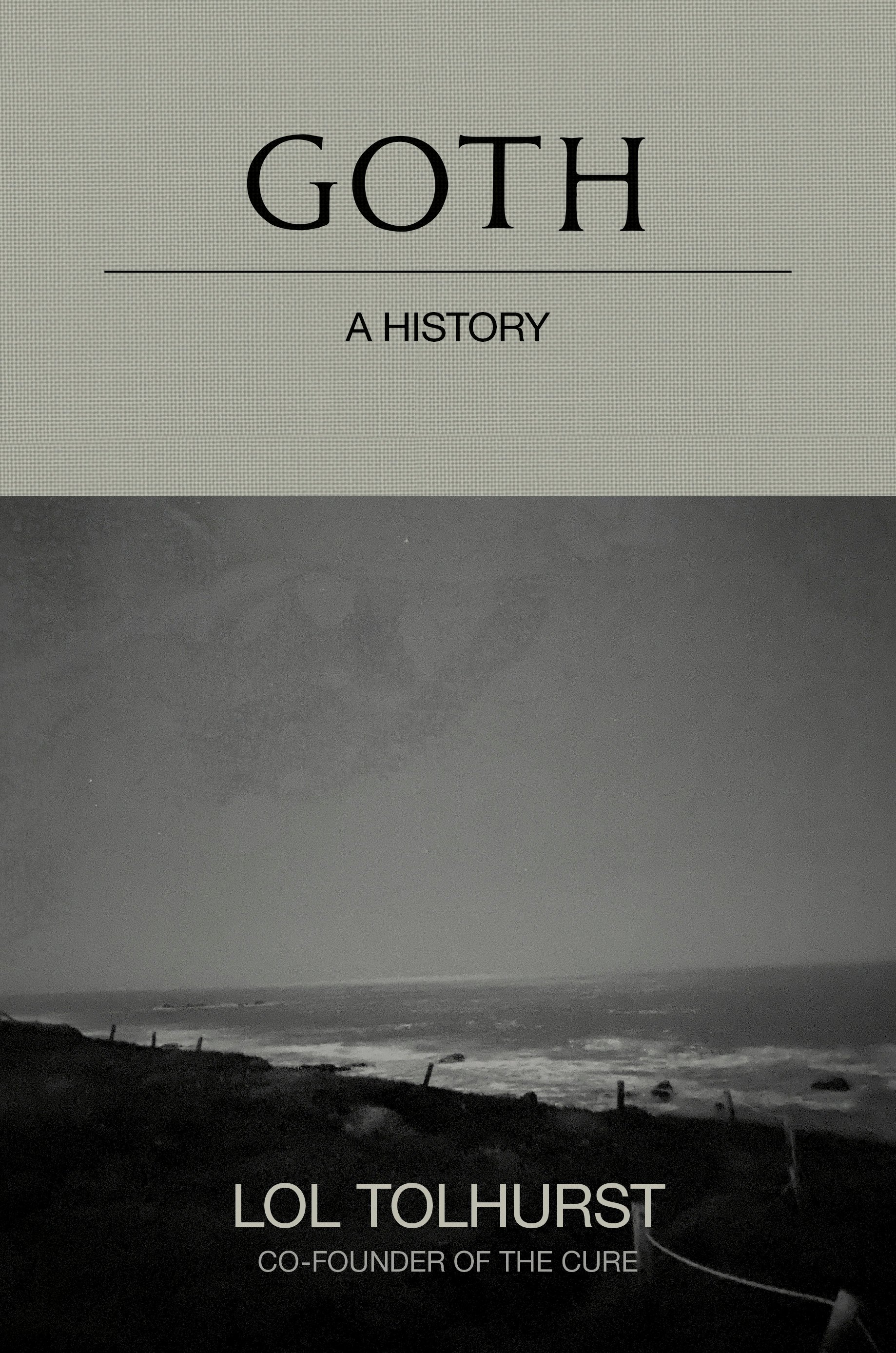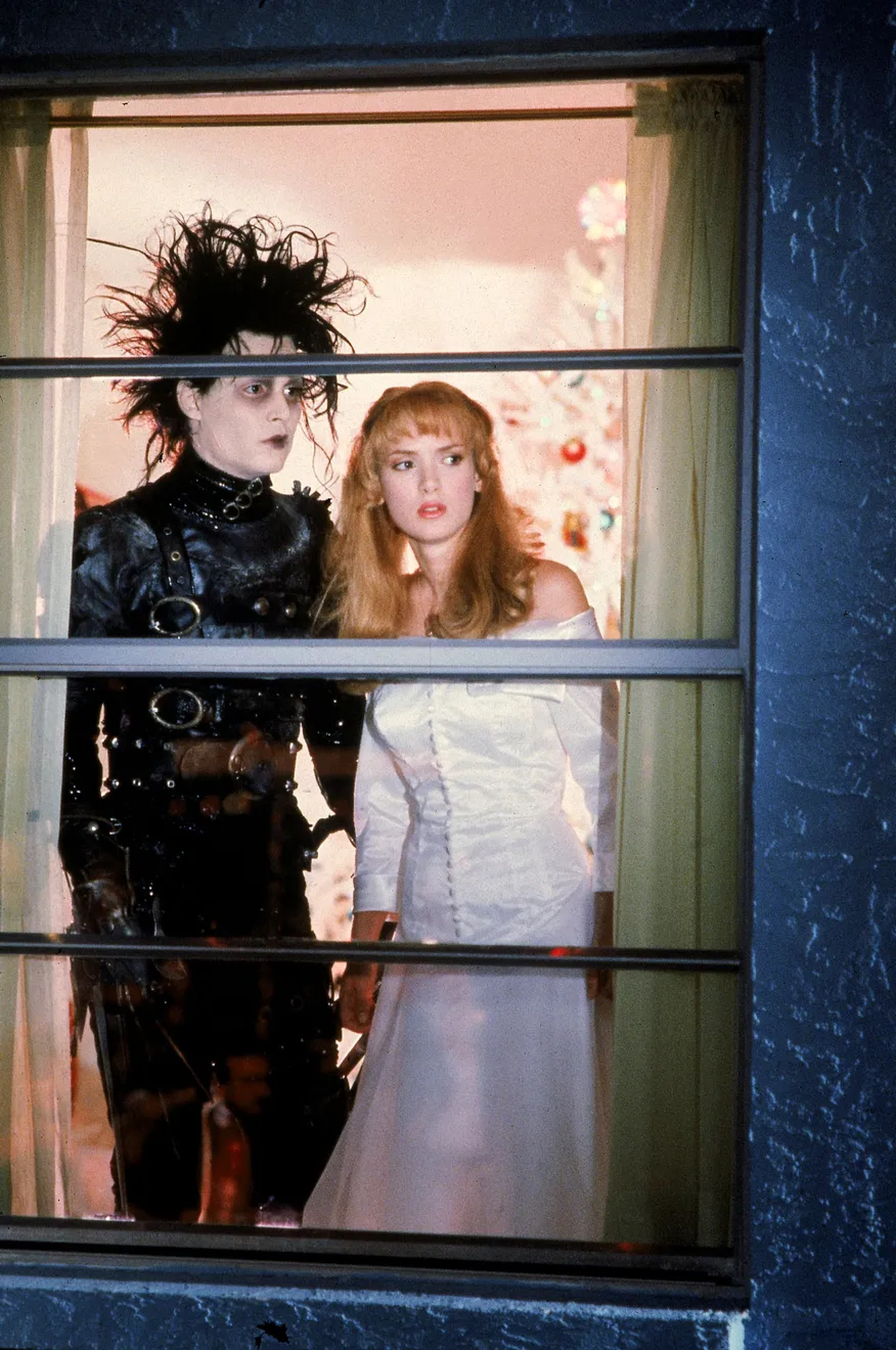
What are goths? Fashion, music and more examined in Goth: A History, book by The Cure’s Lol Tolhurst
- Lol Tolhurst explores what he calls ‘the last true alternative outsider subculture’, from the fashion to goth music origins to its connections with Catholicism
- He calls it an ideology that spans different art forms, mediums and generations – and ‘more of a philosophy in a way of being, a way of approaching the world’
What comes to mind when the word “goth” is spoken? Is it Tim Burton films? The pop star Billie Eilish? An adolescent phase marked by black nail polish and nihilism?
Or is it a lifestyle? Is it literature such as Edgar Allan Poe’s poem The Raven, Mary Shelley’s novel Frankenstein or the writings of Emily Brontë? Is it a musical genre born out of late-70s punk and dread?
For Lol Tolhurst, co-founder of the influential goth band The Cure, it is all of the above. He explores what he calls “the last true alternative outsider subculture” in a new book titled Goth: A History, published by Hachette.
It follows his first book, the 2016 memoir Cured: The Tale of Two Imaginary Boys.

Over the phone from the deserts of southern California in the US, Tolhurst says inspiration for this second book came from a lack of understanding.
Latte make-up, girl dinner? Keeping up with Gen Z trends has never been harder
Ask for a definition, however, and that misses crucial nuance.
“It’s not really a fashion,” he says. “It’s more of a philosophy in a way of being, a way of approaching the world. And I think that ensures its longevity. It’s malleable, but its sort of basic premise is always the same.”

The main difference between the two genres, as well as goth’s idiosyncrasies from other rock music, is that goth is about “love and death” in the same song, and “that the ideas are generally about the invisible and internal in life more than the external and visible”, he said.
The book then looks at goth icons including Joy Division, Bauhaus, and Siouxsie and the Banshees. It also explores the goth scene through famed goth clubs like the Batcave in London, havens for the LGBTQ community.
Chinese subway fashion police stop student in Goth-style make-up
That leads to a look at modern goth groups such as Nine Inch Nails, the Belarusian post-punks Molchat Doma and beyond.
There is humour in goth, after all – another misconception Tolhurst works to correct.

At the end, Tolhurst returns to the philosophical questions surrounding “goth” – what it means that “goths” tend to stay that way through adulthood and what can be learned from the nonconformist communities it creates.
Certain trends emerge within that exploration – and certain geographies. The musical story largely takes place in England and Los Angeles, the latter of which Tolhurst has called home for a few decades now.
LA was also home to the psych-rock band The Doors, who were the first group described as “gothic rock” – by critic John Stickney in 1967.
‘Can I be a boy?’ Trans actor Elliot Page’s story of shame and trauma
Tolhurst theorises that England became ground zero for the movement because of many factors, but the grey skies, rainy weather and Gothic architecture cannot be discounted.
“Catholicism is brimstone, hellfire,” he says. “Good music tends not to surface when things are going along great and everything’s tickety-boo.”

If there is a single takeaway, it is that Tolhurst views goth as interdisciplinary – an ideology that spans different art forms, mediums and generations, one that shape-shifts with whoever finds interest in it.
“I’m showing people that I’m grateful to something, a way of being, a way of life, and a way of responding to the world,” he says of the book. “Which, in the end, is pretty much the whole point of being alive.”

